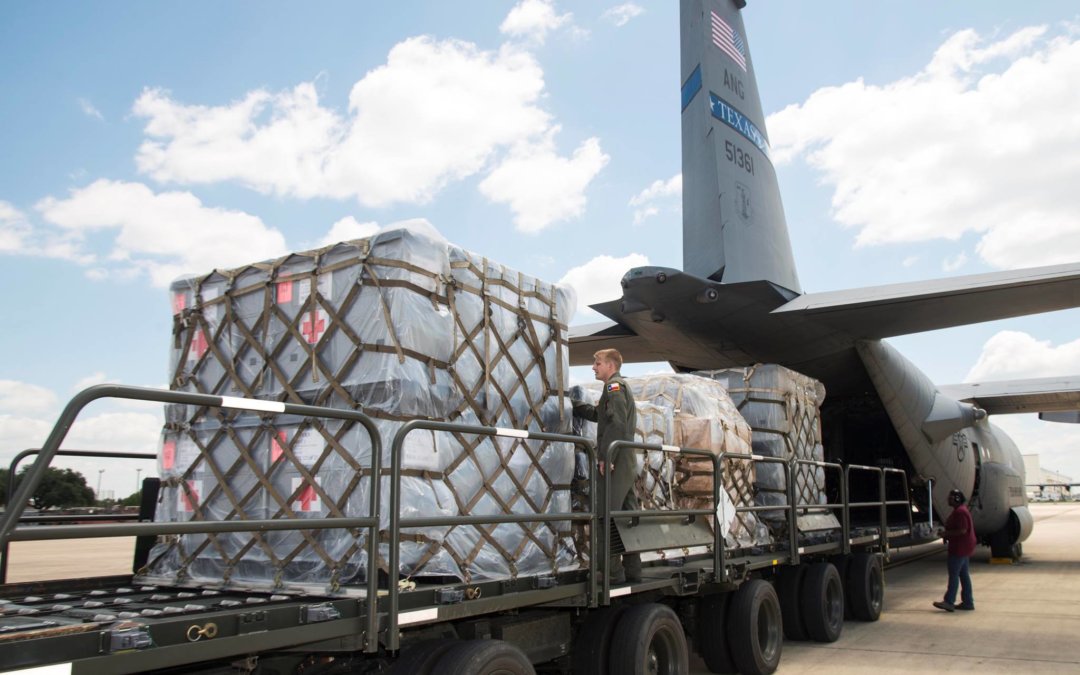People today seem to be affected by natural disasters more than ever before. Since 2010, for instance, some 2,000 natural disasters have occurred, at a rate of over 300 per year. Most of these disasters have caused extensive damage to property and more significantly, to a loss of life. Some major challenges when responding to natural disasters today are the obstacles that the first responders face when trying to save lives. Thanks to various technological advancements, first-responders can now coordinate disaster response with greater speed and precision.
Tech Tools
A major challenge that first-responders normally face when responding to disasters is the inability to access certain areas that are highly prone to further accidents. Technology has led to the development of remotely-controlled vehicles and tools like robots and drones that are capable of accessing those difficult and often risky to reach areas. In addition, drones and robots that are fitted with high-resolution and infrared cameras can help disaster responders pinpoint the precise location of survivors who need evacuation. Sometimes drones can also be used to distribute post-disaster humanitarian needs such as food and medical supplies. This is particularly crucial in hard-to-reach areas, such as places where a disaster has destroyed the road’s infrastructure. Drones and robots can also be used to survey the level of damage sustained in the aftermath of a disaster while planning for recovery efforts. Such tools have been used in disasters such as earthquakes, fires, floods, and mine collapse accidents.
Emergency Communication
Communication is a crucial factor when it comes to coordinating aid to disaster victims. The emergence of mobile phones has facilitated the utilization of communication technologies such as social media which may enable persons who are physically cut off from the rest of the world to communicate effectively with emergency responders. Social media, in particular, can be used to disseminate information to persons living in disaster-stricken or disaster-prone areas. Such communication can offer guidance on how to survive a disaster. Disaster victims can also use social media to convey their location to aid in guiding evacuation efforts. Technology can give first responders information that is crucial to providing timely relief and undertaking lifesaving efforts. Disaster victims are better able to communicate with family members and first responders in giving them their locations, injuries, and information about people who have gone missing.

